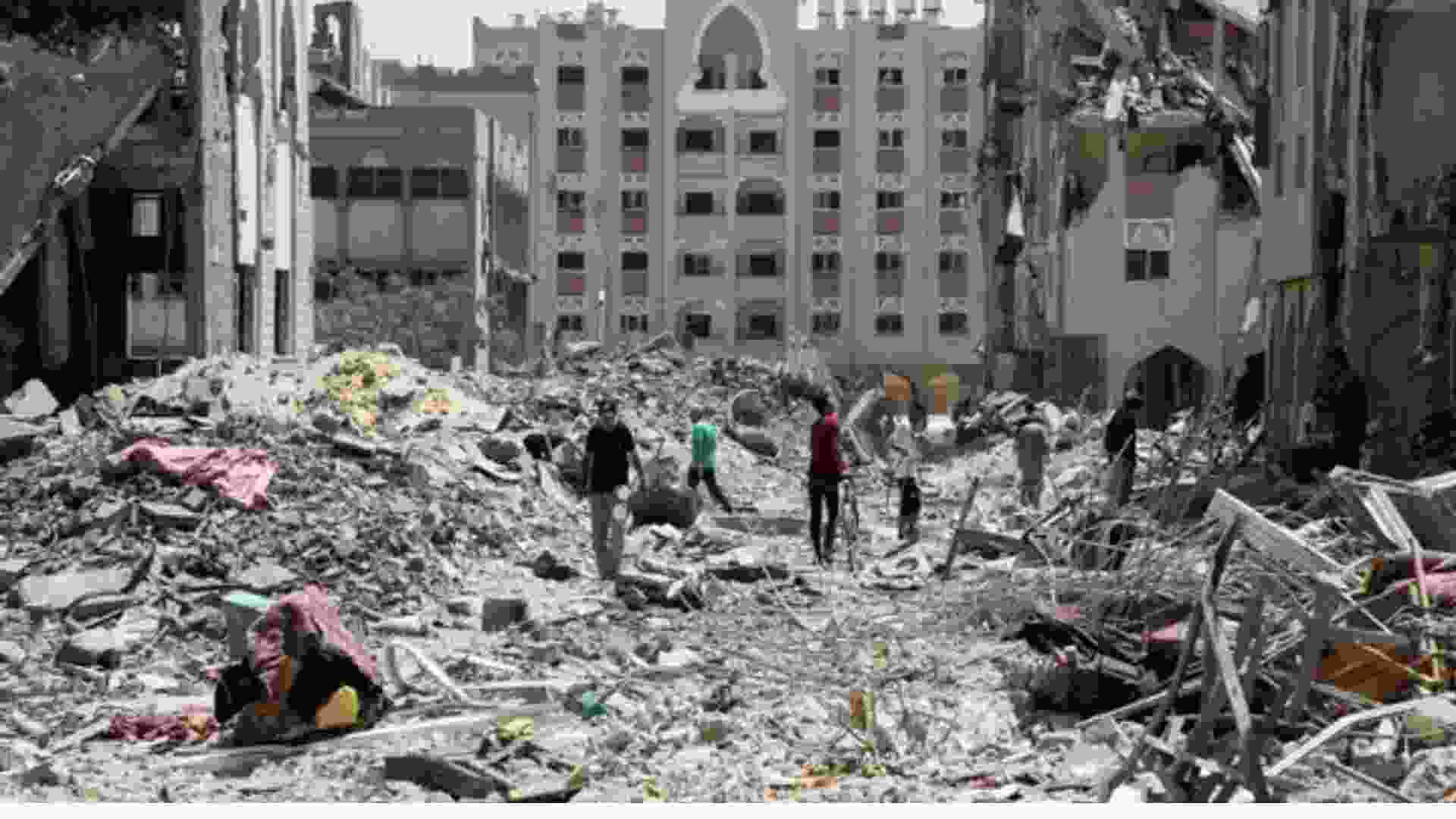Following intense clashes between Israel and the Iran-backed Hezbollah group over the weekend, the White House announced that negotiations aimed at securing a ceasefire in Gaza and the release of Israeli hostages are ongoing, as reported by CNN. Over the weekend, some progress was made in the talks, according to a senior U.S. official familiar with the discussions in Cairo, where mediators focused on the “final details” of a potential agreement. These details include the names of prisoners to be exchanged as part of the deal.
While progress is evident, it doesn’t necessarily indicate that a final agreement is imminent. Negotiators in Cairo are currently working through the finer points of the deal, the official stated. John Kirby, spokesperson for the White House National Security Council, said on Monday that all parties involved in the conflict, including Hamas, are represented in the talks. The discussions have reportedly become more detailed as negotiators strive to reach an agreement.
However, Bassem Naim, a member of Hamas’s political bureau, denied Hamas’s participation in Monday’s negotiations. In an interview with Al Arabi TV, Naim reaffirmed Hamas’s willingness to negotiate based on a July 2 proposal but rejected the additional conditions introduced by Israeli Prime Minister Benjamin Netanyahu.
The conflict traces back to a massive terror attack launched by Hamas on October 7 of the previous year, in which 1,200 Israelis were killed and over 250 were taken hostage. More than 100 hostages are still being held. Israel retaliated with a significant military campaign against Hamas in the Gaza Strip. This operation has drawn international criticism due to the high number of civilian casualties, with the Gaza Health Ministry reporting over 40,000 Palestinian deaths.
Netanyahu has maintained that the war in Gaza will continue until Israel achieves a “total victory” over Hamas, even if a ceasefire deal is reached. This stance has been challenged by several high-ranking Israeli officials, including his defense minister, as well as families of those held captive by Hamas.
Negotiators have spent months attempting to reconcile the demands of both Netanyahu and Hamas. Though key differences remain, U.S. officials believe these obstacles could still be overcome. One major point of disagreement is Israel’s military presence in the Philadelphi corridor, a strategic area along Gaza’s border with Egypt. Hamas strongly opposes Israel’s intent to keep troops there during the initial phase of any ceasefire deal.
The U.S. official indicated that the current proposal calls for Israel to withdraw from “densely populated areas” in Gaza, but the debate now centers around which parts of the Philadelphi corridor are considered populated versus unpopulated. Israel plans to maintain a military presence in the less populated regions during the early stages of the agreement.
Despite public declarations by Hamas, who left Cairo on Sunday demanding that any agreement include a permanent ceasefire, a complete Israeli withdrawal from Gaza, the return of displaced residents, and a serious prisoner exchange, U.S. officials believe that Hamas may be more flexible on allowing an Israeli military presence during the first phase of a ceasefire agreement.























